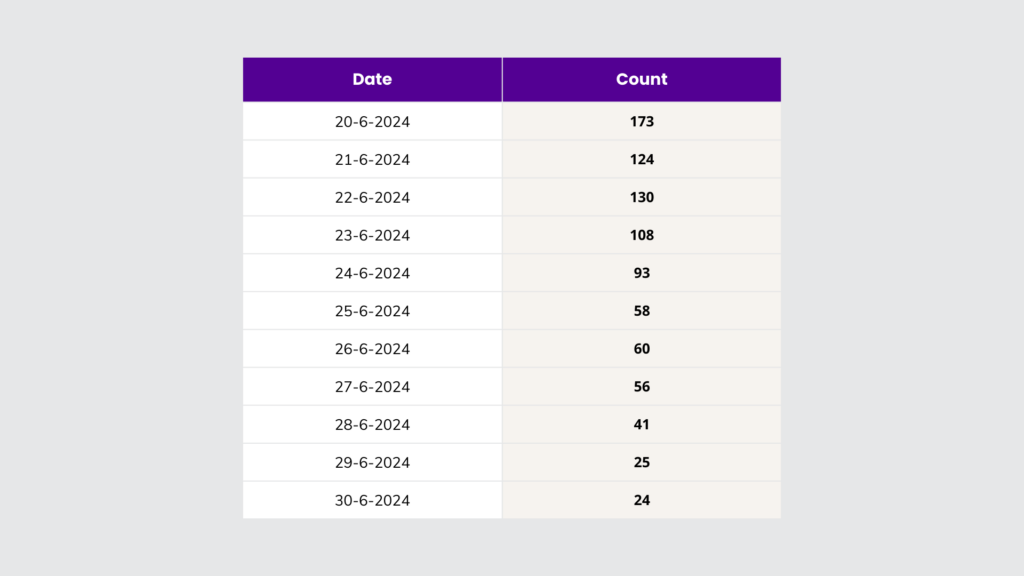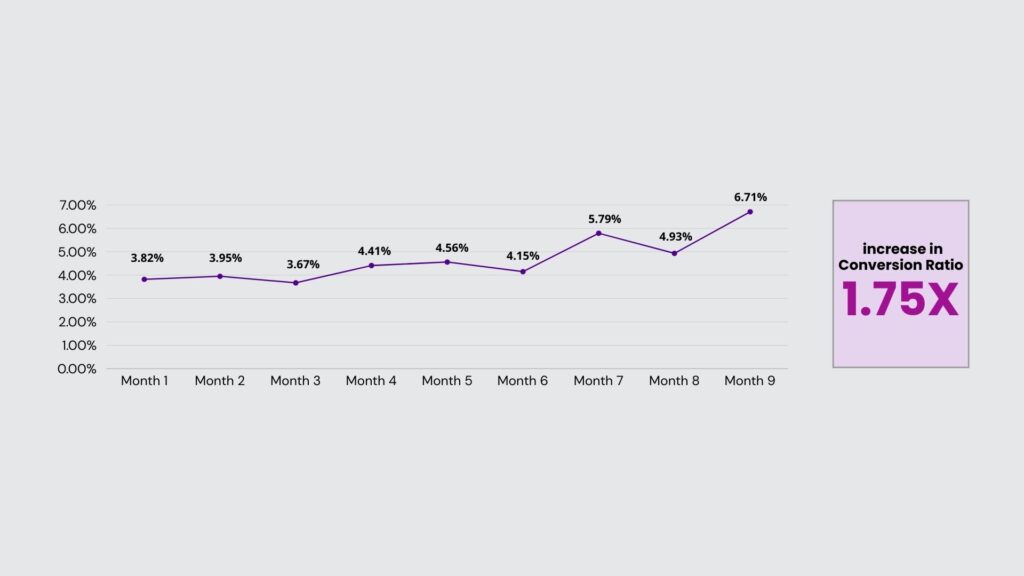For digital marketers, walled garden is not a foreign word. However, we will take a quick minute to throw light on it.
Walled gardens is a term coined in digital marketing for closed advertising environment where all the operations are controlled by the ecosystem provider. Some of the major players ruling this landscape are Google, Meta, and Amazon. They offer the advertisers access to a large set of audiences and comprehensive data analytics.
Due to the nature of walled gardens, these platforms are often perceived to be a protected space for advertisers. This means that the traffic is assumed to be high quality.
However, reality is not exactly black and white. It is grey.
Let’s find out.
Table of Contents
ToggleThe Myth is – Walled Gardens don’t have bot traffic
When advertising on walled gardens, the advertisers often perceive that their ads are receiving filtered traffic, due to the close nature of the walled garden ecosystem.
The walled gardens claim robust proprietary technologies and algorithms that filter out suspicious or bot-driven activity, leading advertisers to believe these environments are more secure.
However, this “black box” approach also means that advertisers must trust the platform’s own reporting and assurances. Independent verification is limited, so advertisers often accept the platforms’ claims at face value. The perception of reduced bot traffic is partly an outcome of this reliance on self-reported data, alongside platforms’ reputations and massive resources dedicated to tech infrastructure and security.
These walled gardens can detect and safeguard from general invalid traffic, however the bots have also become sophisticated over the years. Its ability to mimic human behavior makes it easy to bypass basic rule-based checks. Due to opaque reporting, the advertisers are unaware of the quality of their ad traffic and who is watching their ads.
Sophisticated Bots penetrate walled gardens
Sophisticated bots are designed by fraudsters to mimic human behavior in ways that they can mask their movements to evade detection. These bots are capable of taking actions like clicking, scrolling, and even fill forms, which makes it difficult to identify then and differentiate from real users.
These sophisticated bots can even adapt with platform-specific platforms, adjusting their patterns to avoid suspicion. As walled gardens restrict access to third-party ad fraud detection tools, resulting in limited visibility and transparency for advertisers, these bots use this opportunity.
Signs of a Sophisticated bot activity
-
Repetitive visits from a single device
In this case, visits came repeatedly from a single device in a short span of time, indicating abnormal traffic.

-
Multiple visits in short time span from a single device
In this case, the visits are coming in a short time from the same device fingerprinting, indicating a bot traffic.

-
Impersonation of a specific device
In this case, the fraudsters impersonate the identity of a specific device. This technique is used by fraudulent affiliates to exhaust the ad budget. Due to this no event (lead/purchases) come from this device. In this case, the visits are coming from a single device, where the user agent at client and server are different, indicating abnormal behaviour.

Partner with an ad fraud validation tool for walled Garden
No platform is immune to bot traffic, including walled gardens. To get full transparency of their ad traffic, advertisers need an advanced solution that can identify sophisticated bot patterns effectively and block them proactively.
The benefit of blocking bot traffic is not limited to clean traffic, but it also helps to improve conversion rate of the ad campaigns. To ensure that the sophisticated bot traffic doesn’t bypass the detection methods, we at mFilterIt use a full-funnel approach along with identifying device signals, behavioral and heuristic checks.
Unlike traditional ad fraud solution vendors, mFilterIt goes beyond the impressions and clicks level to identify sophisticated bot traffic. Our solution detects suspicious traffic at the visit level where more sophisticated patterns can be detected and blocked.
Therefore, protection at just the impression and click level is not enough. Advertisers have to look beyond that to ensure their campaigns on walled gardens are protected from bot traffic.
How did an automobile player improved their conversion rate using Valid8 by mFilterIt?
The major automobile player was running Google search campaigns to bring traffic to their website from various meta platforms. But despite substantial spending, the conversion rate was suspiciously low. Upon identifying suspicious ad traffic patterns, we started the blacklisting process. This resulted in cleaner clicks and lead, improved conversion rate and a savings of $0.47 million for the brand.
Refer to the images below to see the results:

A 13% drop in click fraud and 11% drop in lead fraud rates

A 1.75x increase in conversion ratio
Start Blocking Bot Traffic on Walled Gardens
While walled gardens are trusted for their controlled and secure environment, the reality is that they are not bot-free. To protect ad campaigns from the sophisticated patterns of bot, the advertisers need an additional layer of protection by partnering with ad fraud detection vendor with advanced technology to ensure their ad budgets are consumed to attract genuine audience instead of bots. As bots continue to evolve, advertisers need transparency to evaluate where their ads are shown and who is watching their ads to better assess the quality of their ad traffic and maintain campaign integrity.




